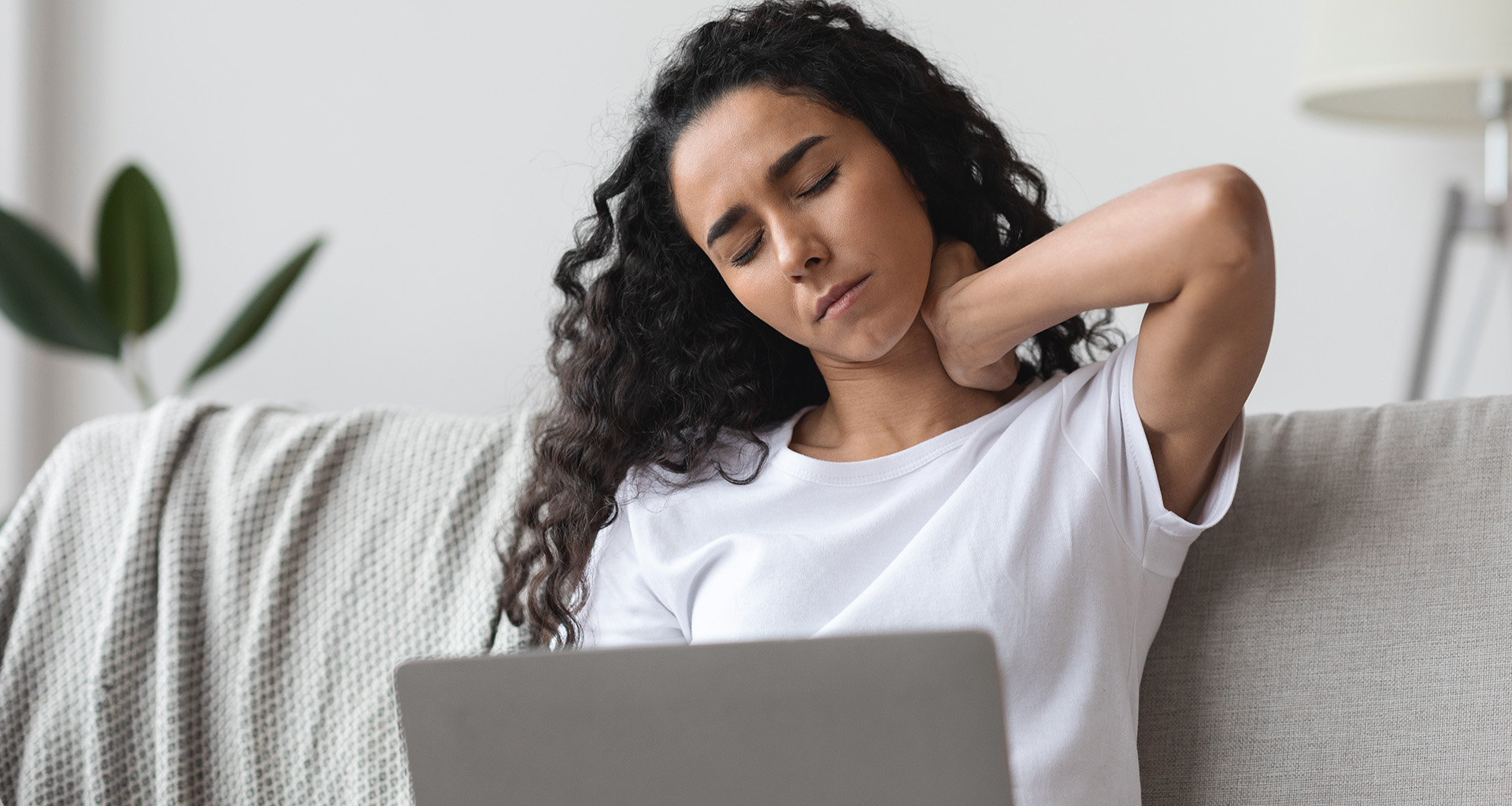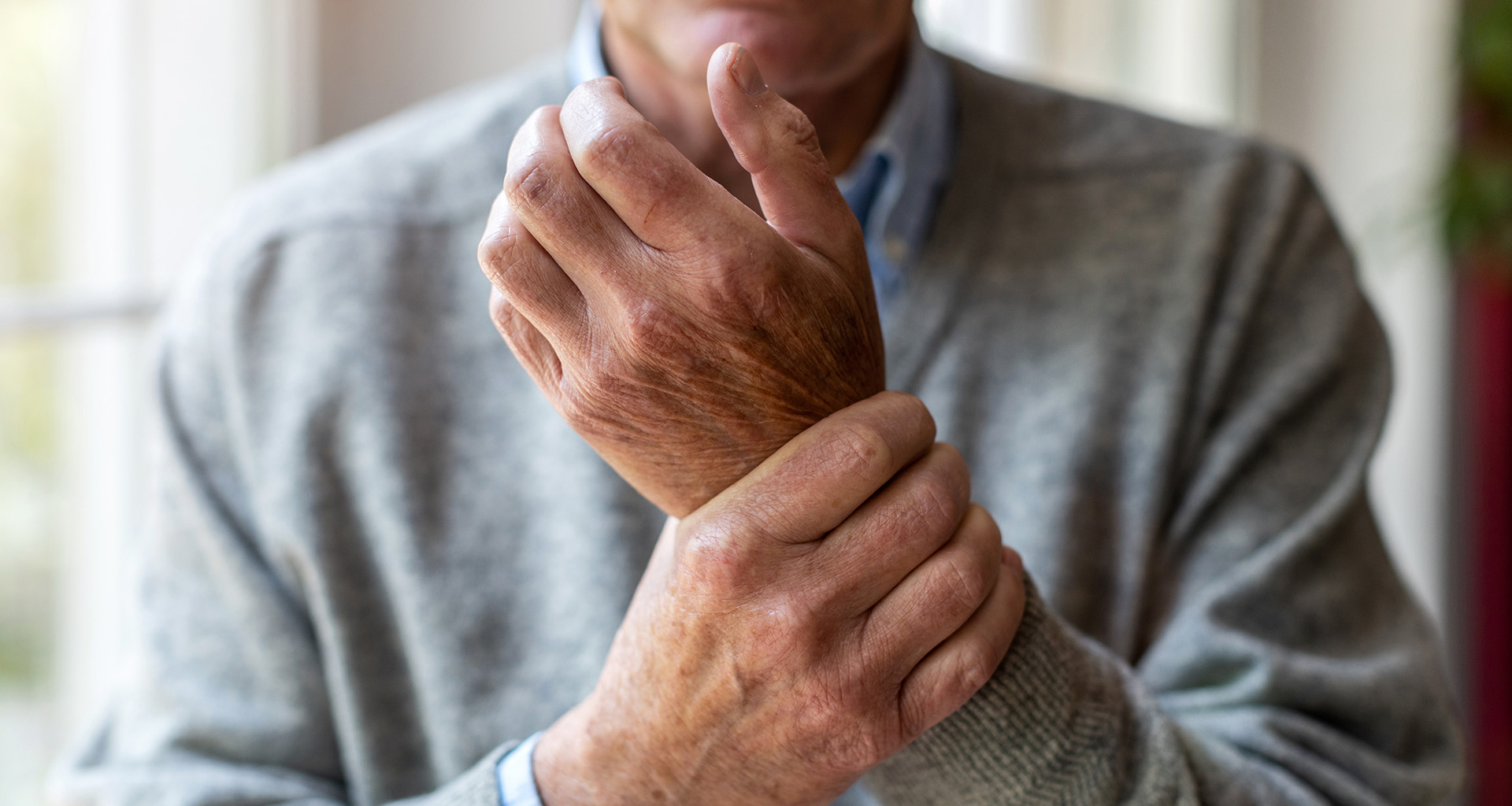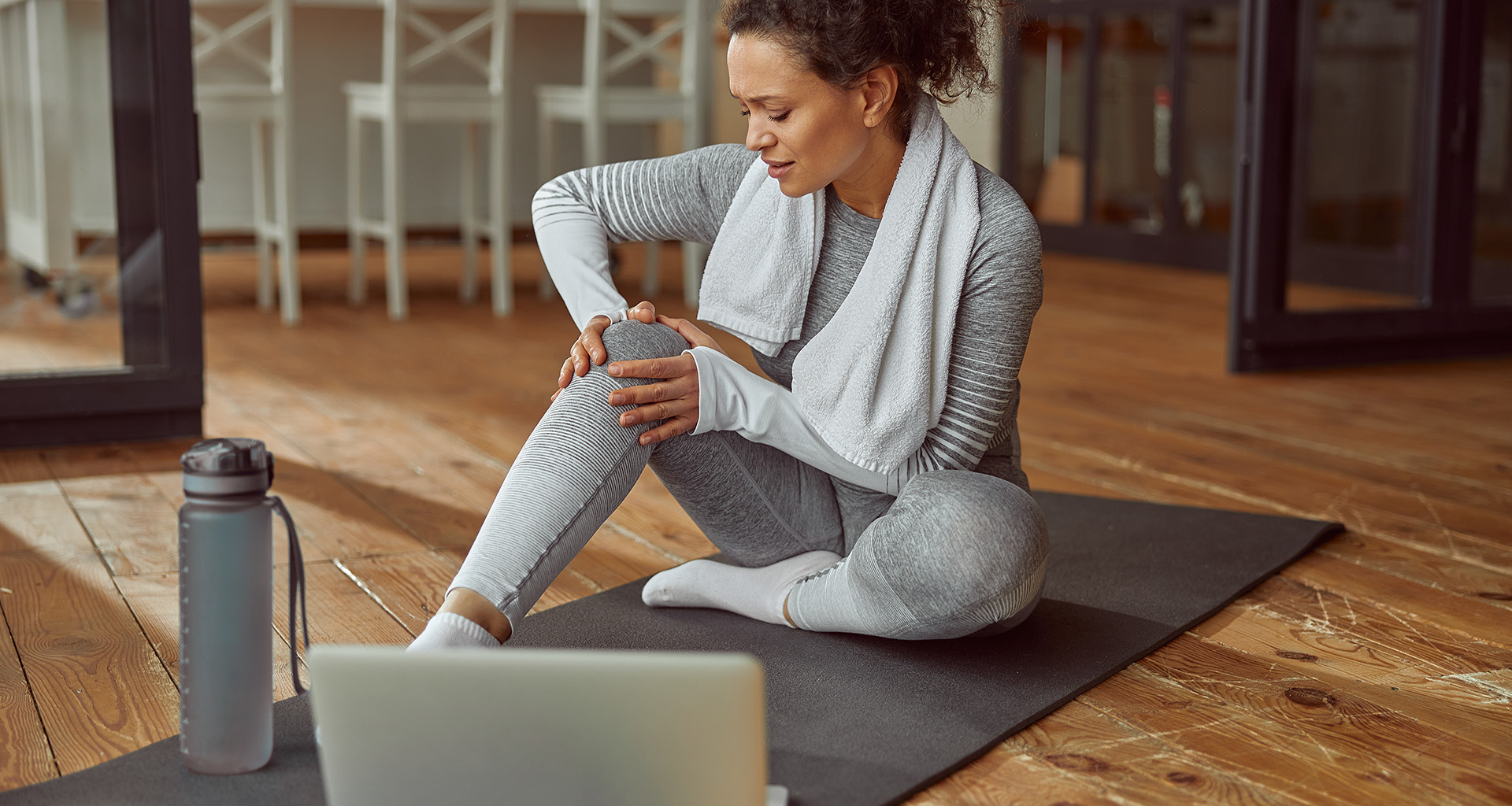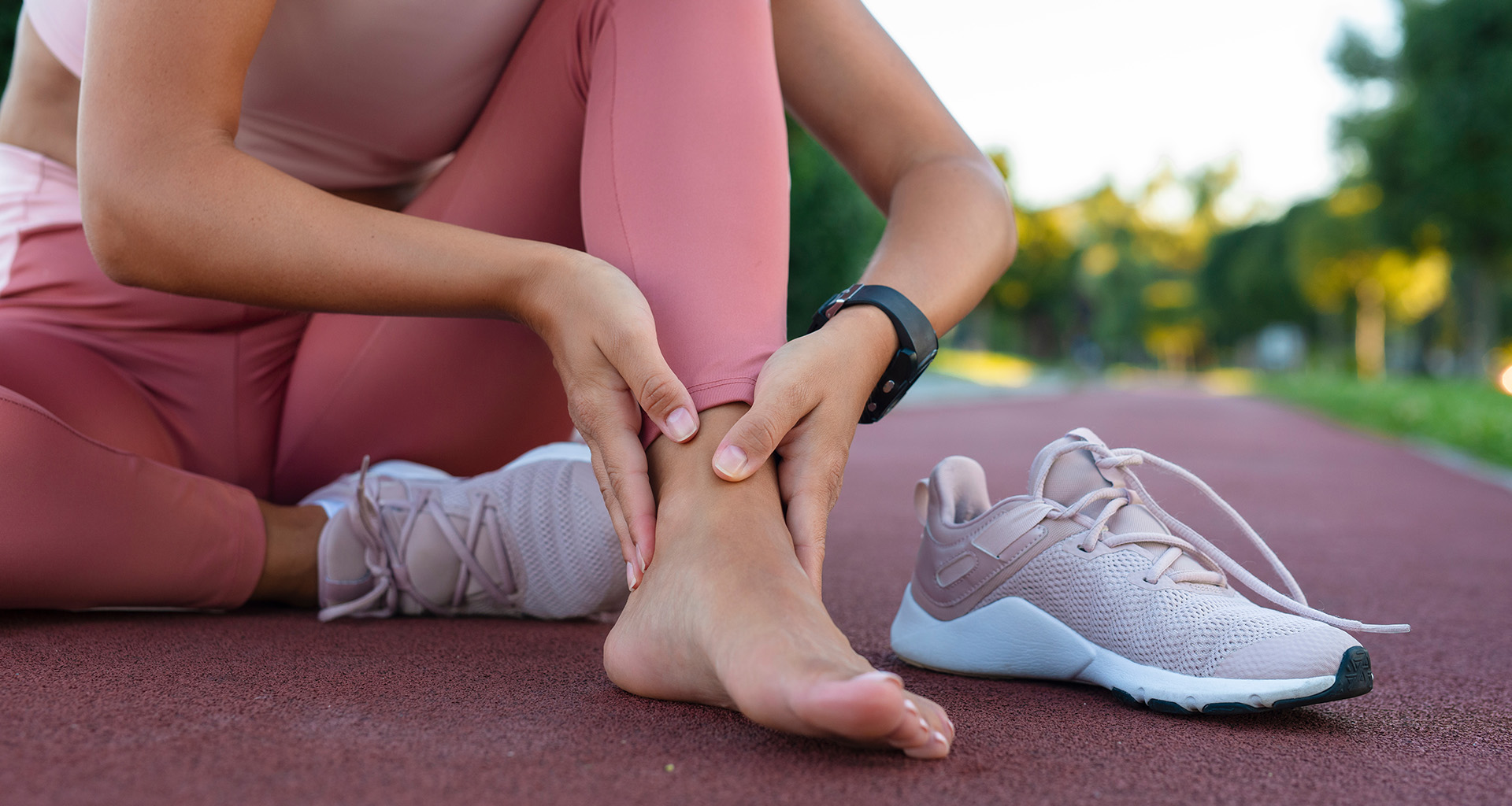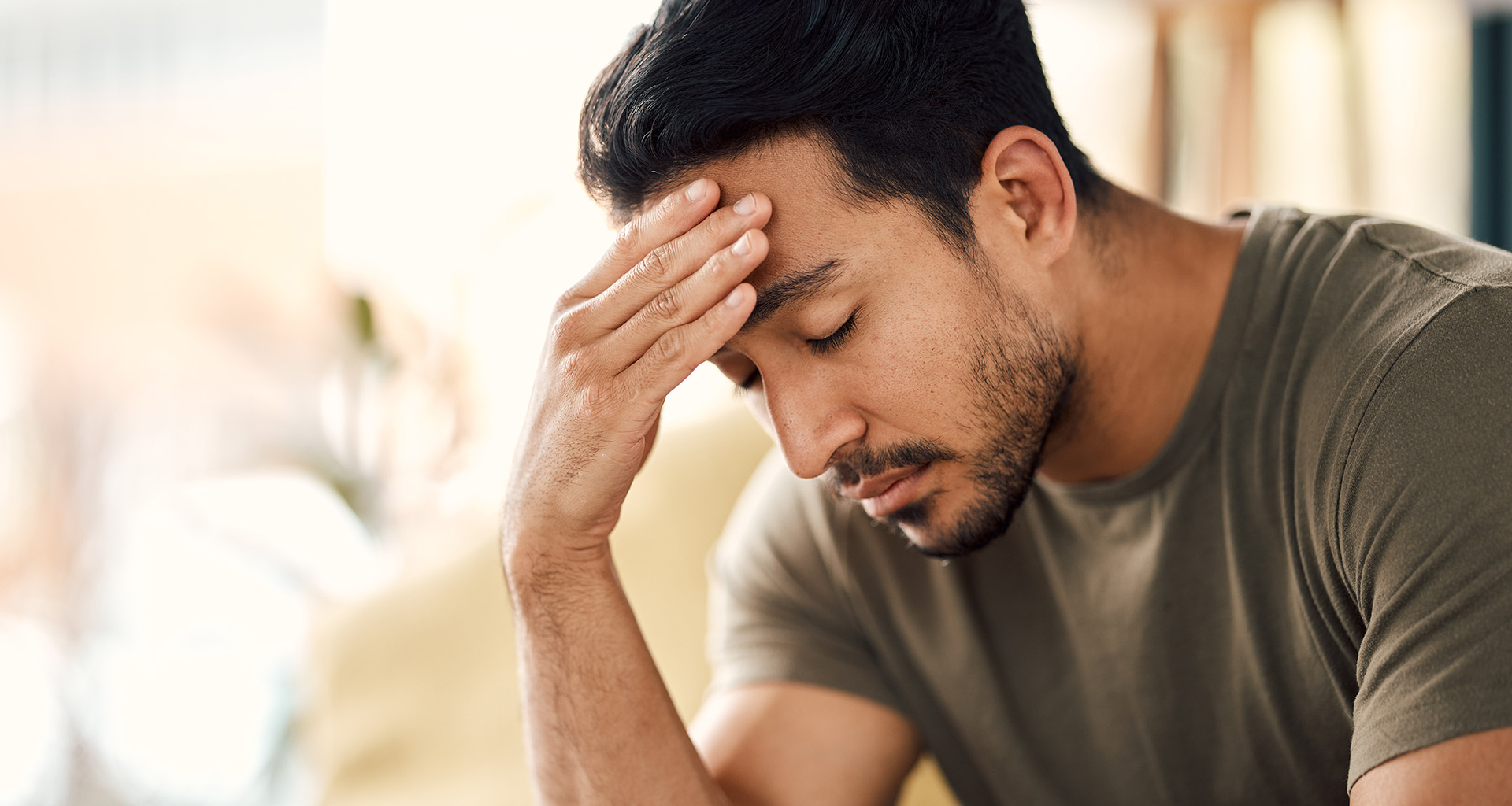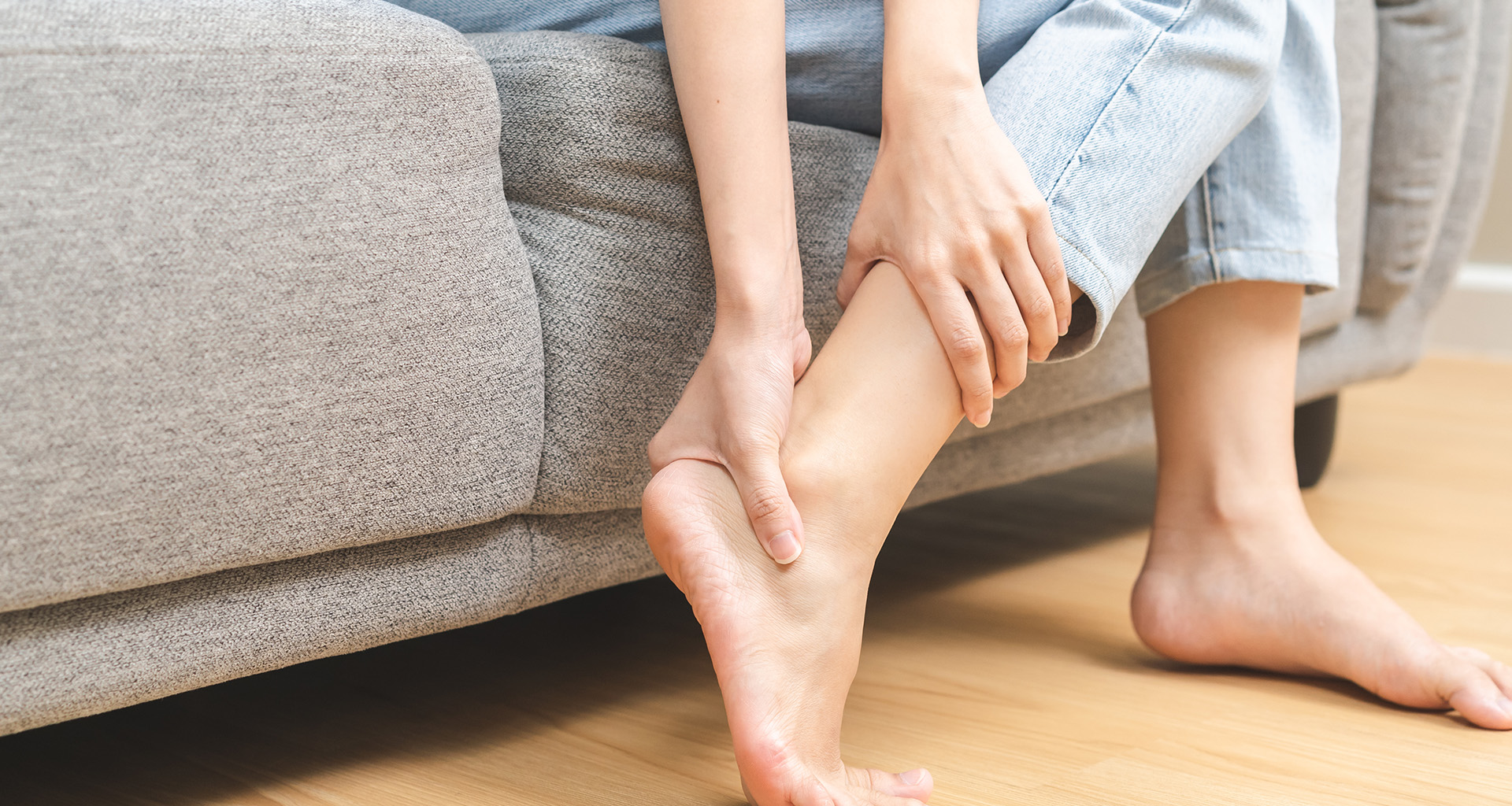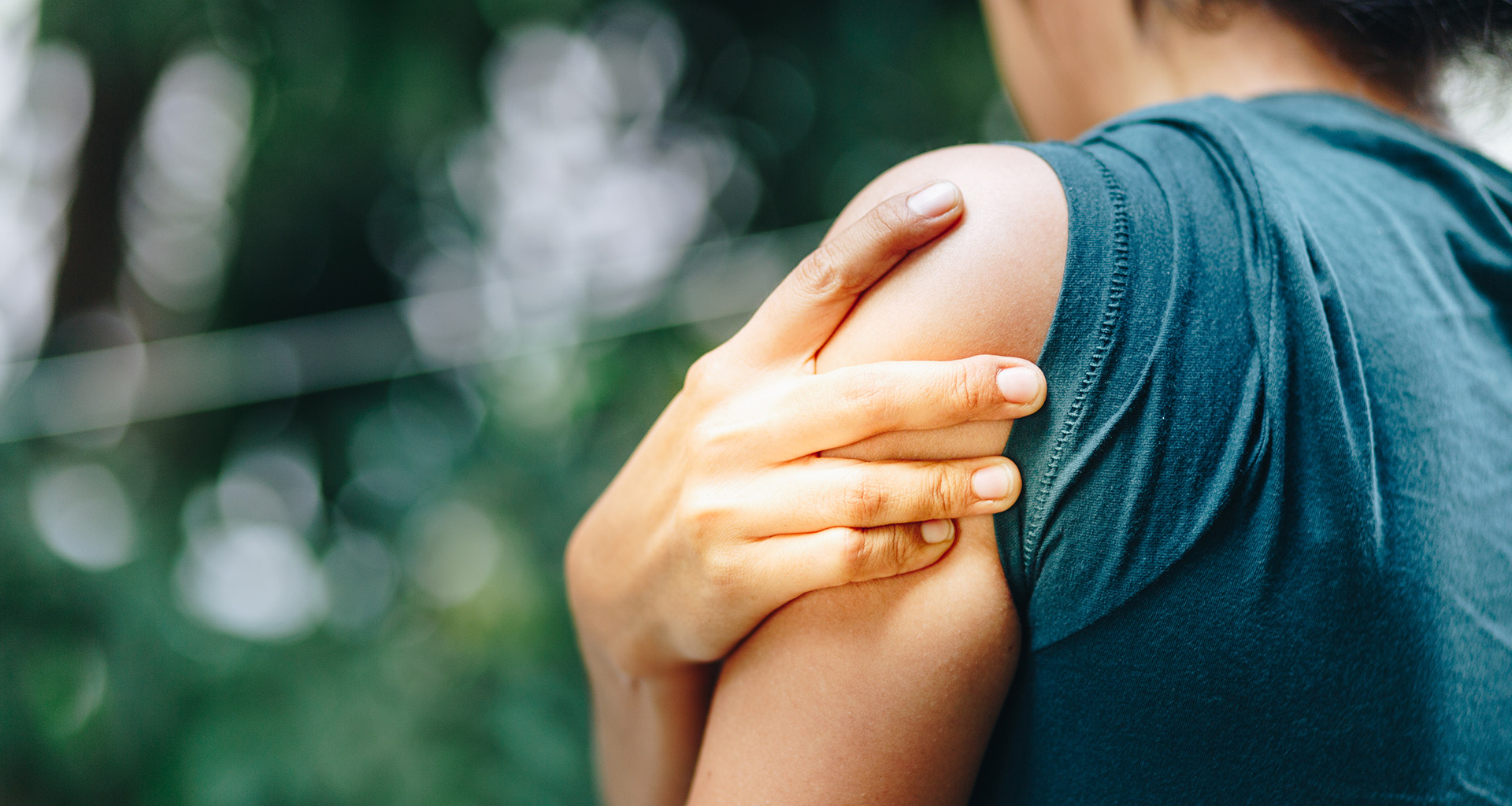Physiotherapy
for Arthritis
Arthritis
Overview
Arthritis is the inflammation of one or more joints. It may cause pain in one particular part of the body or be more widespread joint and muscle pain. Arthritis can cause stiffness, pain, swelling and reduced function. Other joint symptoms can include redness, warmth, swelling, catching, clunking or grinding in the joint.
Arthritis is a very common condition that affects about 15% of the population. It can affect anyone regardless of their age. It is more common in women (18%) than men (13%). The two most common types are Osteoarthritis and Rheumatoid arthritis. Other types of arthritis include gout, ankylosing spondylitis, juvenile arthritis, system lupus arythematosus (lupus) and scleroderma.
Osteoarthritis is more common in older people, affecting 48% of people over 50 years old. Osteoarthritis can develop at any age, however, it is more common in people over 45 years of age. It involves changes to the whole joint including the cartilage (the smooth layer that covers the ends of a bone), the underlying bone, ligaments, tendons and surrounding muscles. As osteoarthritis progresses the changes can cause pain and loss of movement.
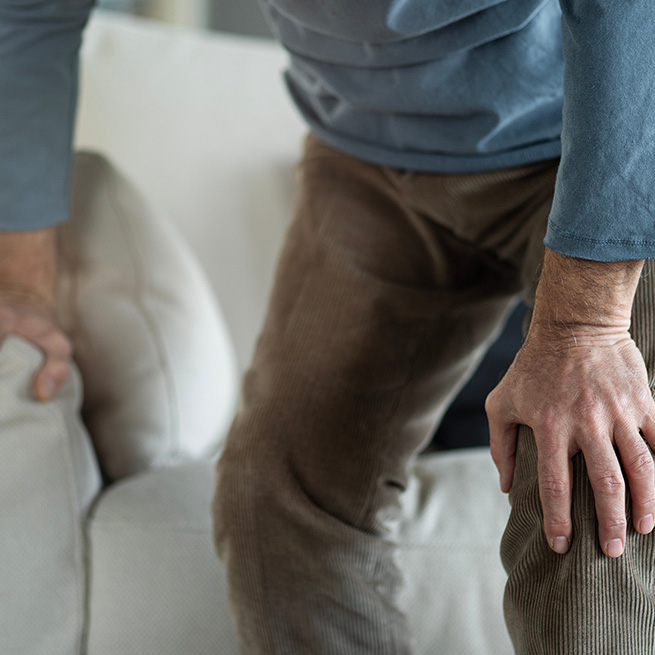
Rheumatoid arthritis is the second most common type of arthritis which affects 14% of Australian arthritis sufferers and can occur at any age. Rheumatoid arthritis affects the whole body and involves an autoimmune disease where the immune system produces an abnormal inflammatory response in many tissues, joints and arteries. Common symptoms can include episodes of joint swelling, stiffness and pain. It can lead to disabling joint damage and is typically diagnosed by a Rheumatologist after taking a thorough history of symptoms, physical examination and blood tests.
Physiotherapy plays an important role in the self-management of arthritis. Although there is no cure for arthritis the aim of treatment is to manage pain, keep joints mobile and help people stay active and healthy by developing safe and personalised exercise programs. Arthritis symptoms can often be successfully managed with lifestyle changes, exercise, weight loss and appropriate medication. Physical activity is the best treatment for arthritis regardless of how severe it is. Many people are afraid that exercise will increase their pain or cause further damage to their joints.
However, joints are designed to move and the muscles and tissues around them become weaker if they are not used. Physiotherapists can prescribe strengthening exercises which can involve using weights, resistance bands or body weight to increase muscle strength. Massage can help with muscle relaxation and make joint movement more comfortable. Ice packs can be used to soothe hot and swollen joints and heat packs can assist to relax tense and tired muscles. Physiotherapists will provide guidance on how to pace activities to limit pain flares and recommend ways to do things without causing strain to the joints. As everyone experiences arthritis pain differently, the level of pain relief you may get from exercise will also vary person to person. As a general guide, if you complete your exercises regularly as prescribed by your Physiotherapist you will be rewarded with increased strength, improved function and reduced pain after several weeks. Evidence shows that regular exercise is one of the most effective non surgical treatments as it reduces pain, improves function and keeps joints moving. The key is to be committed to doing the exercises regularly and have them incorporated into your daily routine. Joint replacement surgery can be considered when symptoms become unmanageable.
Book An Appointment
Organise an appointment with our highly
experienced and qualified physiotherapists.
